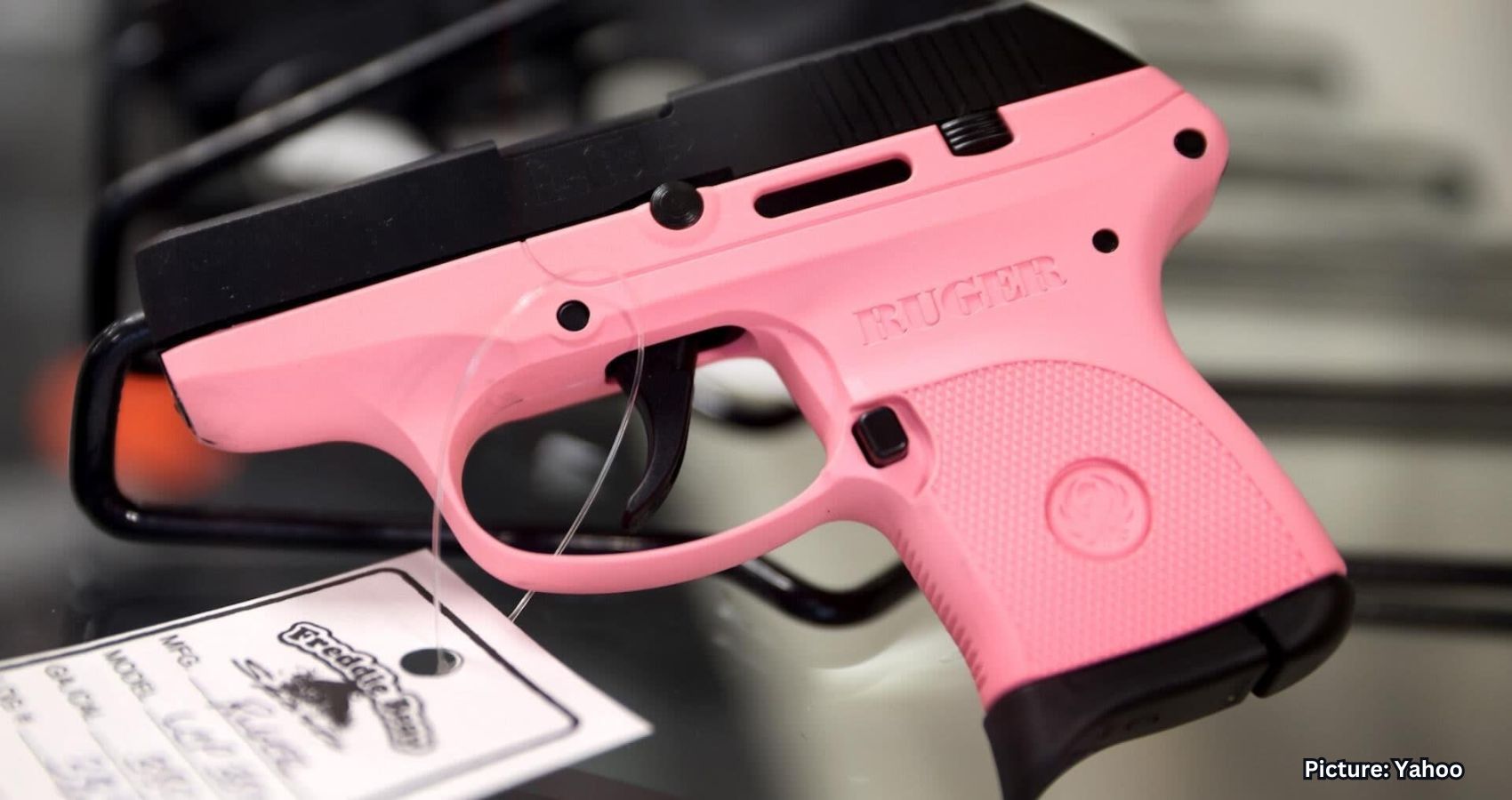The U.S. Supreme Court on Wednesday upheld Biden-era federal regulations on ghost guns, mail-order kits that allow individuals to assemble untraceable firearms at home. The ruling marks a significant victory for gun control advocates at a time when the court’s conservative majority has generally moved to the right on gun laws.
Justice Neil Gorsuch wrote the 7-2 majority opinion, which included both liberal and conservative justices. “Perhaps a half hour of work is required before anyone can fire a shot,” Gorsuch noted, emphasizing that these kits contain all necessary components to build a fully functional firearm. “Really, the kit’s name says it all: ‘Buy Build Shoot.’”
Regulations and Rising Concerns
The regulations, introduced by the Biden administration in 2022, require ghost gun manufacturers to include serial numbers on the kits and conduct background checks on purchasers. The Bureau of Alcohol, Tobacco, Firearms and Explosives (ATF) implemented the rules in response to a dramatic rise in ghost guns appearing at crime scenes. In 2017, authorities submitted about 1,600 ghost guns for tracing, but by 2021, that number had surged to more than 19,000.
Several individuals and manufacturers challenged the regulations, arguing that the kits were merely firearm parts rather than weapons. However, the Supreme Court ultimately sided with the ATF’s interpretation of the 1968 Gun Control Act, which mandates background checks and serial numbers for firearms sold by manufacturers and dealers.
It remains unclear how former President Donald Trump’s administration, if re-elected, would approach the issue. In February, Trump signed an order directing the Attorney General to review gun regulations imposed during Biden’s presidency.
Gorsuch Cites Technological Advances
Gorsuch highlighted the significant changes in firearm manufacturing since the passage of the 1968 law. At that time, the cost of milling equipment and raw materials made home gun production impractical for most individuals.
“With the introduction of new technologies like 3D printing and reinforced polymers, that is no longer true,” Gorsuch wrote. “Today, companies are able to make and sell weapon parts kits that individuals can assemble into functional firearms in their own homes.”
A Rare Gun Control Victory
Despite the conservative tilt of the Supreme Court, this case saw a mix of ideological alliances. The ruling contrasts with the court’s decision last year to strike down a ban on bump stocks, which allow semi-automatic rifles to fire at machine gun speeds.
Prior to hearing oral arguments, the justices had already indicated some support for the Biden administration’s position. In an emergency ruling, the court had voted 5-4 to allow the ATF regulation to remain in effect while litigation proceeded.
While the Biden administration views the ruling as a win for public safety, the decision has drawn criticism from gun rights advocates. The Firearms Policy Coalition, one of the groups that challenged the ATF rule, called the ruling “misguided” and pledged to continue fighting for gun rights.
“This is only one battle in a multi-generational war over the scope of government and the pre-existing right to keep and bear arms,” the group said in a statement.
Dissenting Opinion from Justice Thomas
Justice Clarence Thomas was among the two dissenting justices, arguing that the ATF exceeded its authority.
“Congress could have authorized ATF to regulate any part of a firearm or any object readily convertible into one. But it did not,” Thomas wrote. “I would adhere to the words Congress enacted.”
The lawsuit against the regulation originated in Texas, where a U.S. district court struck down the rule. The conservative 5th U.S. Circuit Court of Appeals mostly upheld that decision before the Supreme Court reversed it.
Debate Over Hobbyists and Firearm Kits
During oral arguments in October, several conservative justices expressed skepticism about claims that ghost gun kits were primarily for gunsmithing hobbyists. Chief Justice John Roberts dismissed the idea that assembling these kits was equivalent to restoring a classic car.
“Drilling a hole or two, I would think, doesn’t give the same sort of reward that you get from working on your car on the weekends,” Roberts told the manufacturers’ attorney. “My understanding is that it’s not terribly difficult for someone to do this.”
Gun control advocates hailed the ruling as a crucial step in addressing the rise of untraceable weapons.
“Ghost guns are the gun industry’s way of skirting commonsense gun laws and arming dangerous people without background checks,” said David Pucino, legal director of the Giffords Law Center. “We are thrilled that the Supreme Court has upheld the ATF rule that treats ghost guns as what they are: guns.”
With the decision now in place, the ATF will continue enforcing regulations that ensure ghost gun kits undergo the same scrutiny as traditional firearms, requiring serial numbers and background checks to curb their use in crimes.

